

From Beginning
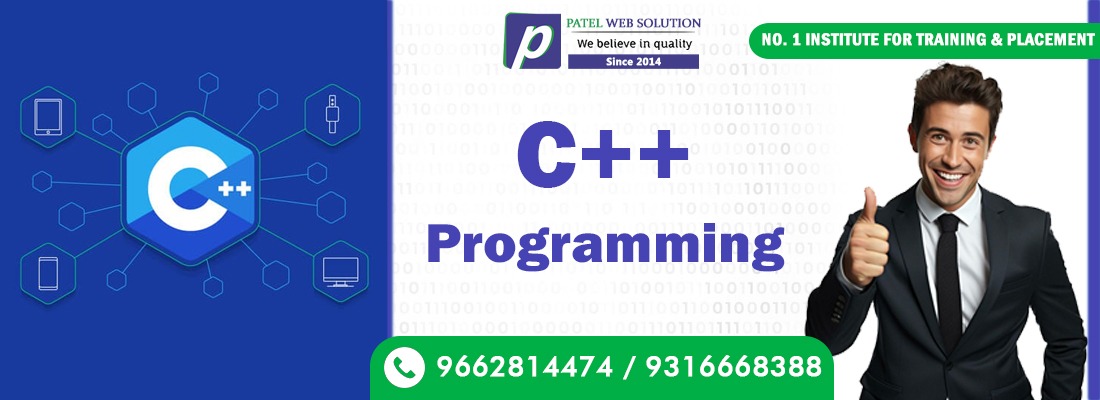
Ready to elevate your programming skills to the next level? Patel Web Solution offers professional C++ Programming Training in Ahmedabad, designed for students, developers, and IT professionals who want to master object-oriented programming and build high-performance applications.
C++ is a powerful, general-purpose programming language developed by Bjarne Stroustrup in the early 1980s as an extension of C. With the addition of object-oriented programming (OOP) features, C++ empowers developers to write modular, efficient, and scalable code used in everything from gaming and GUI development to systems programming and financial applications.
Our C++ Programming Training in Ahmedabad equips you with the knowledge and hands-on skills to build efficient, high-performance applications. Whether you’re entering the world of software development or aiming to sharpen your programming foundation, this course provides the perfect launchpad.
Start your C++ journey with Patel Web Solution today – enroll now and get one step closer to becoming a confident developer!
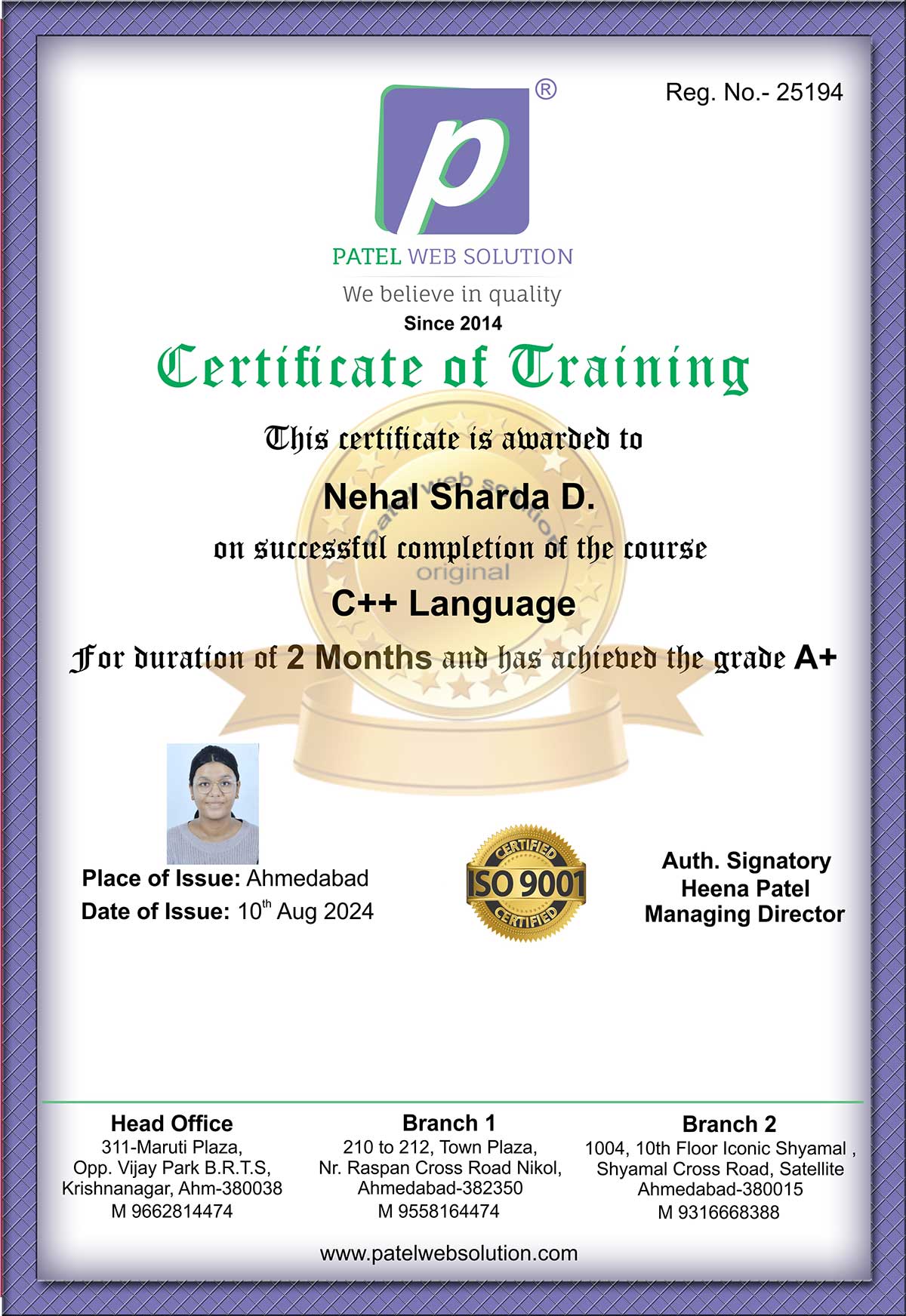
Yes, Sure. You can attend a Free Demo Lecture.
Yes, We will Provide ISO 9001:2015, Government Approved Certificate.
Yes, you Can Pay your Fees in EMI options.
Yes, you will get a good Discount in One Short Payment Option.
Yes,our 50% students are from Non IT Background.
Yes, 100%. We have our own Job Placement Consultancy – My Job Placement.
Yes, we are providing FREE Spoken English Sessions, Interview Preparation & Mock Round for Interviews.
Yes Sure, We arrange Our Batches according College Students & Working Professionals.
As per our standard Rules, We have decided a fix duration for every courses. But if any student requires a few more time then no problem.
Yes, We are providing 15/45 Days Internship & 3 to 12 Months Internship also we are providing with Live Project Training & Job Placement.
C++ is an object-oriented programming language that was introduced to overcome the jurisdictions where C was lacking. By object-oriented we mean that it works with the concept of polymorphism, inheritance, abstraction, encapsulation, object, and class.
Advantages of C++:
A class is like a blueprint of an object. It is a user-defined data type with data members and member functions and is defined with the keyword class.

You define objects as an instance of a class. Once it creates the object, then it can operate on both data members and member functions.
You use access modifiers to define accessibility for the class members. It defines how to access the members of the class outside the class scope.
There are three types of access modifiers:
The equal to operator == checks whether two values are equal or not. If equal, then it’s true; otherwise, it will return false.
The assignment operator = allots the value of the right-side expression to the left operand.
?: operator cannot be overloaded because it is not syntactically possible.
Yes, you can compile a program without the main function, but you cannot run or execute the program because the main() function is the entry point, from where all the execution begins. And without the entry point, then you can execute the program.
std is a standard namespace in C++
The term polymorphism refers to the presence of multiple forms. Polymorphism usually occurs when there is a hierarchy of classes that are linked by inheritance.
C++ polymorphism means that depending on the type of object that invokes the function, a different function will be executed.
In this programming language to call a function we have 2 methods: Call by Value and Call by Reference
| Call by Value | Call by Reference |
| A copy of a variable is passed. | A variable itself is passed fundamentally. |
| Calling a function by sending the values by copying variables. | Calling a function by sending the address of the passed variable. |
| The changes made in the function are never reflected outside the function on the variable. In short, the original value is never altered in Call by Value. | The changes made in the functions can be seen outside the function on the passed function. In short, the original value is altered in Call by reference. |
| Function Overloading | Operator Overloading |
| It is basically defining a function in numerous ways such that there are many ways to call it or in simple terms you have multiple versions of the same function | It is basically giving practice of giving a special meaning |
Parameterized Functions are a good example of useful for different purposes | Polymorphism is a good example of an operator purposes |
When a function of the same name, same arguments or parameters, and same return type already present/declared in the base class is used in a derived class is known as Function Overriding. It is an example of Runtime Polymorphism or Late Binding which means the overridden function will be executed at the run time of the execution.
Virtual inheritance is a technique that ensures only one copy of a base class’s member variables is inherited by grandchild-derived classes. Or in simple terms, virtual inheritance is used when we are dealing with a situation of multiple inheritances but want to prevent multiple instances of the same class from appearing in the inheritance hierarchy./p>
A constructor is a special type of member function of a class, whose name is the same as that of the class by whom it is invoked and initializes value to the object of a class./p>
There are 3 types of constructors:
Destructors are members of functions in a class that delete an object when an object of the class goes out of scope. Destructors have the same name as the class preceded by a tilde (~) sign. Also, destructors follow a down-to-top approach, unlike constructors which follow a top-to-down.
The delete operator is used to delete/remove all the characteristics/properties from an object by deallocating its memory; furthermore, it returns true or false in the end. In simple terms, it destroys or deallocates array and non-array(pointer) objects which are created by new expressions.
A scope resolution operator is denoted by a ‘::‘ symbol. Just like its name this operator resolves the barrier of scope in a program. A scope resolution operator is used to reference a member function or a global variable out of their scope furthermore to which it can also access the concealed variable or function in a program.
Scope Resolution is used for numerous amounts of tasks:
The access restriction specified to the class members( whether it is member function or data member) is known as access modifiers/specifiers.
Access Modifiers are of 3 types:
A member function in the base class redefined in a derived class is a virtual function. It is declared using the virtual keyword. It ensures that the correct function is called for an object, irrespective of the type of reference/pointer used for the function call. Virtual functions are mainly used for runtime polymorphism.
Concepts of OOPs:
Object: Anything that exists physically in the real world is called an object.
Class: The collection of objects is called class.
Inheritance: Properties of parent class inherited into child class is known as inheritance.
Polymorphism: It is the ability to exist in more than one form.
Encapsulation: Binding of code and data together into a single unit.
Abstraction: Hiding internal details and showing functionality to the user.
An inline function when called expands in line. When you call this function, the whole code of the inline function gets inserted or substituted at the inline function call.
Syntax:
Inline return-type function-name(parameters)
{
}
A copy function is a member function that uses another object from the same class to initialize a new thing. A copy function is, to put it simply, a function that produces an object by initializing it with a different object of the same class that has already been constructed.
Inheritance is the mechanism in which you can create a new class i.e. child class from the existing class i.e. parent class. This child class is also known as a derived class and the parent class is also called Base class.
The delete operator is used to delete/remove all the characteristics/properties from an object by deallocating its memory; furthermore, it returns true or false in the end. In simple terms, it destroys or deallocates array and non-array(pointer) objects which are created by new expressions.
Namespaces enable us to organize named items that would otherwise have global scope into smaller scopes, allowing us to give them namespace scope. This permits program parts to be organized into distinct logical scopes with names. The namespace provides a place to define or declare identifiers such as variables, methods, and classes.
Or we could say that A namespace is a declarative zone that gives the identifiers (names of types, functions, variables, and so on) within it a scope. Namespaces are used to arrange code into logical categories and to avoid name clashes, which might happen when you have many libraries in your code base.
this pointer enables every object to have access to its own address through an essential pointer. All member functions take this pointer as an implicit argument. this pointer may be used to refer to the calling object within a member function. this pointer is used to pass an object as a parameter to another me.

Flexible supported learning

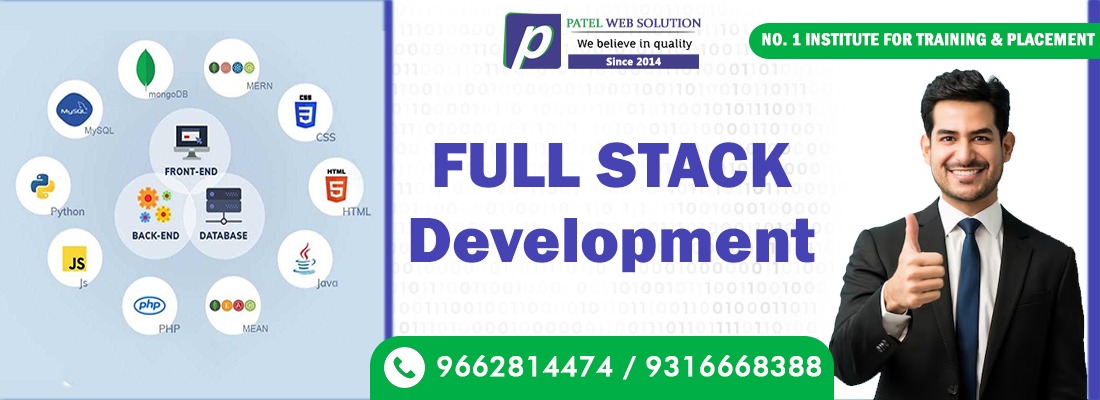











Flexible supported learning


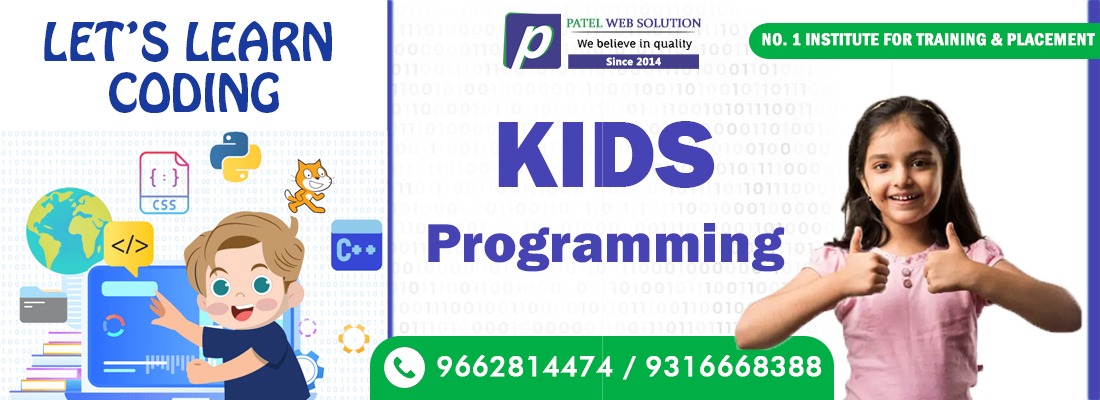


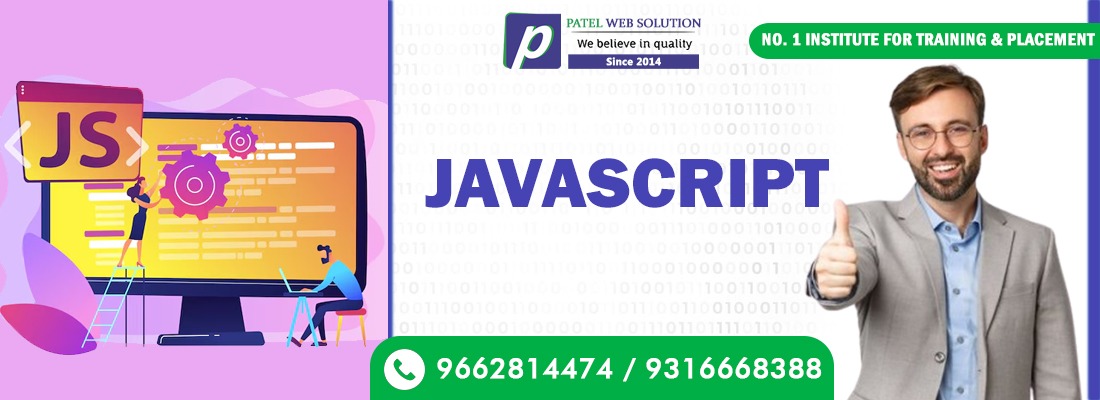


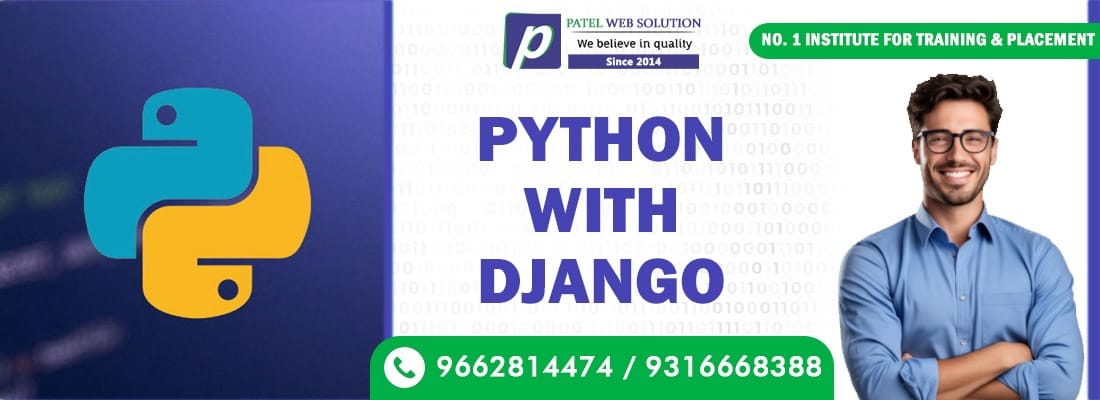

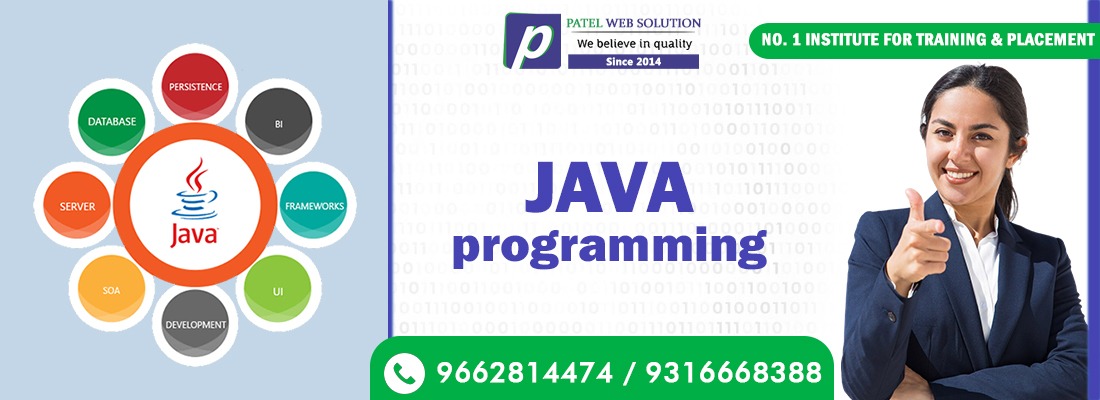

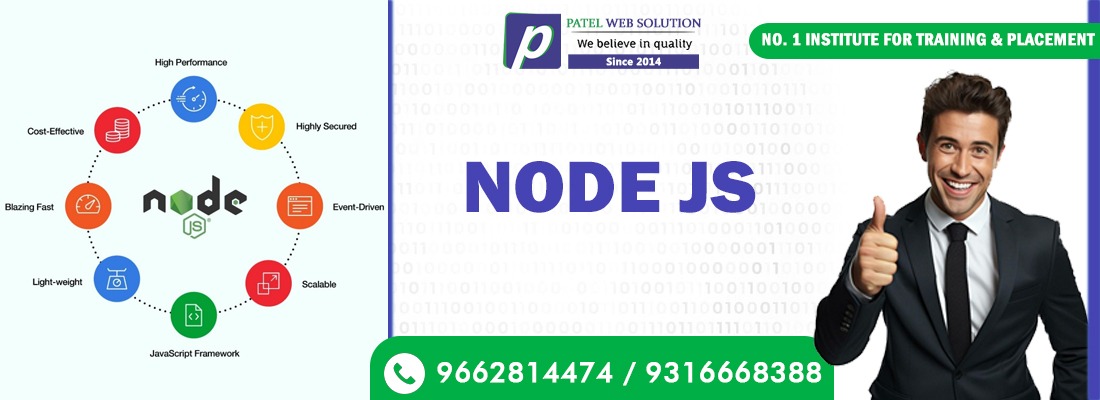
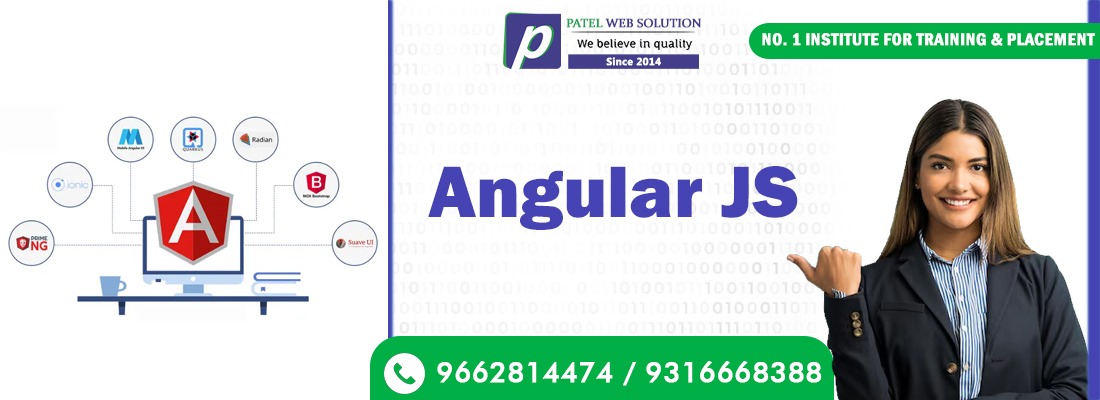

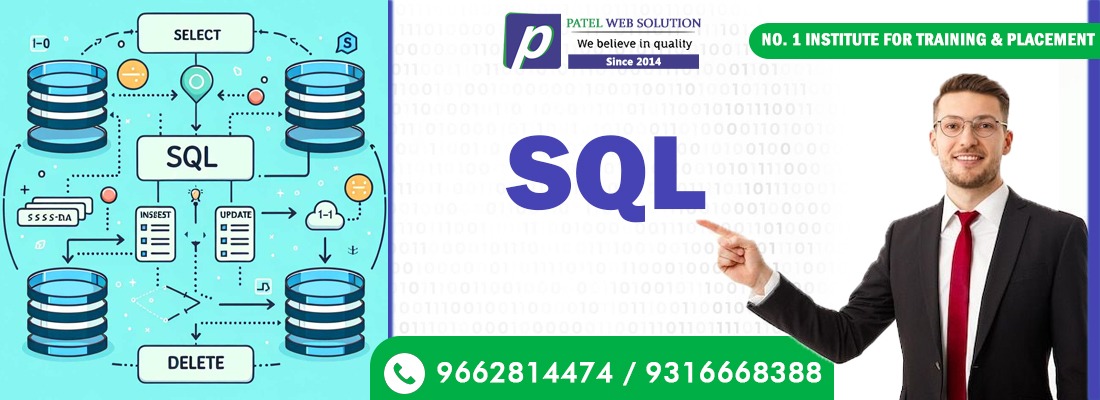












Apart from technical training in various Website Development, Application Development & Software Development , Patel Web Solution helps you get a foothold I booming IT Industry. 100% Placement Assistance a student completes his / her course successfully. Patel Web Solution Dedicated Placement Cell helps him/her interview with major companies in job roles like programmer, web developer, software tester, database analyst & many more.






















Land your dream job at one of the leading tech companies






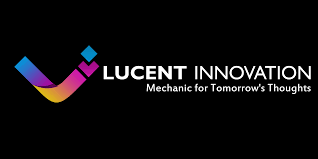
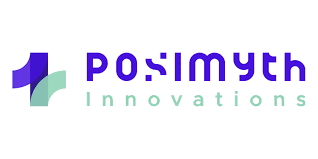

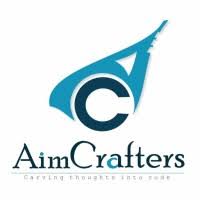
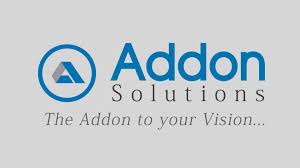

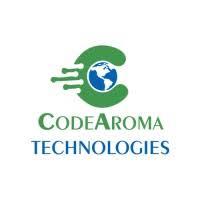

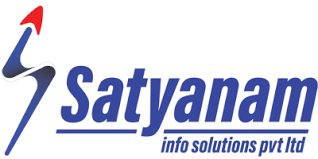
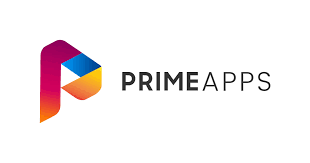












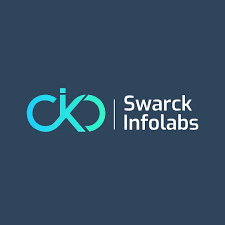








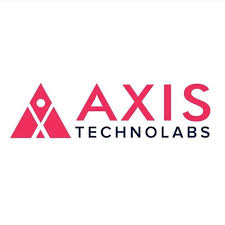

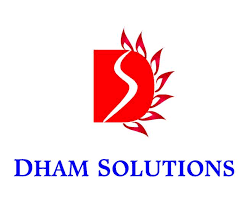



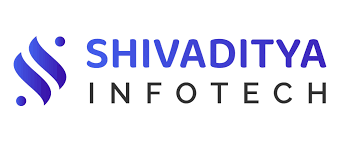


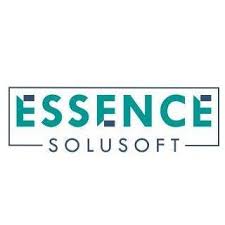



We believe in quality

Patel web solution exceeded my
expectations with their
comprehensive Power Bi course.
Every aspect was covered in
detail. Patel Web Solution are
highly knowledgeable and
approachable, always ready to
provide guidance and support.
My trainers are motivating and
inspiring me to move forward
for every step. I'm on the way to
my "developer" career. Thanks
for the supportive service. I'll
surely suggest PWS to all my
friends.
Master of Computer Application (MCA) - RB Institute of Management Studies

I'm Dhruvi Parekh. I enrolled in
Web Development Course here.
It was really really good
experience and learned a lots of
new things here, faculty was also
good and friendly too. Overall it
was really nice here in Patel
Web Solutions and I would
really recommend to visit here
Diploma in Computer Engineering. - Monark University

I took a Full Stack Development
programming course at Patel
Web Solution, and it was
fantastic. The instructor was
very clear and thorough,
explaining complex concepts in
simple terms. The course had a
lot of practical exercises, which
helped me build a strong
understanding of the language.
The institute offered great
support, including career
counseling and resume-building
workshops. I now feel confident
in applying for Full Stack
Development roles, and I have
already landed my first job with
the help of job placement done
by Patel Web Solution.
Bachelor of Computer Application(BCA) - Monark University

My name is Radhika Borad. I
have learn coreldraw softwere
here. My experience was
amazing, this course gave me a
head start to my career. I got
access to an amazing community
where people uplift each other
and grow together. It is carefully
curated to help you throughout
your journey. It's a once in a
lifetime experience and I'll
forever be grateful. And I also
get my job placement Support so
I suggest to all please must visit
Patel Web Solution.
Bachelor of Computer Application (BCA) - KSN kansagara Mahila College, Rajkot

I am so grateful and thankful to
Heena Maam & Manushree
Maam for helping me to learn
Adobe Illustrator in very efficient
way . You guide me so well
thank you for giving me this
opportunity in IT field I have got
placement in a very good
company from Patel Web
Solution and I am very happy
with my job and in future I can
make my career in this job.
Thanks a lot to PWS and my
trainers for the continuous
support and concern.
Diploma in Computer Engineering - Apollo Institute of Engineering and
Technology

Learning from Patel Web
Solution has transformed my
skills to a big extent. When I
joined C,C++ & Web Design
course, I had zero skills. But
now I am happy that I am
knowledgeable to develop
innovative websites. Thanks to
the entire team of Patel Web
Solution for their constant
support.I really appreciate
Bachelors in Vocational in Information and
Bachelor of Commerce(B.com) - JG University

Hello my name is Priyanka
Mangroliya. I recently
completed React Native Course
at Patel Web Solution. I had
best experience during my
training. The trainer is really
good and explained me with
many real-time examples. The
institution has very good in
infrastructure and also good for
studying. I will surely
recommend this institute if u
want to improve your personal
skills and knowledge.
Bachelors in Vocational in Information and
Bachelor of Commerce(B.com) - R.K Vaghasiya Commerce College

I have completed Ui/Ux Course
here. Institute is a top-notch
service that offers affordable and
high-quality education. The
institute provides support and
guidance, and offers career
insights and portfolio
preparation sessions class and
environment. They teach like
real life experience and things.
My confidence and my
personality totally changed. One
best thing is Free interview skills
for all..so guys please visit Patel
Web Solution for making your
future brighter with learning best
Industry level Courses.
Bachelors in Vocational in Information and
achelor of Commerce(B.com) - Shree Sahjanand Arts & Commerce
College

Completing Web Development
with Patel Web Solution was a
wonderful experience. Under
their guidance, I delved into
various aspects of web
development, from HTML and
CSS to JavaScript and beyond.
The hands-on projects allowed
me to apply theoretical
knowledge to real-world
scenarios, honing my skills and
boosting my confidence. A good
place to grow and build a
network.
Bachelors in Vocational in Information and
Technology (MCA) - Silver Oak University

I highly recommend Patel Web
Solution for their comprehensive
IT courses. Their React
JS course covered everything
from HTML to Bootstrap and
beyond. The teaching was
excellent, and I gained valuable
industry-related experience. The
interview preparation classes
were also incredibly helpful. If
you're looking for a reliable
place to learn IT skills, Patel
Web Solution is the way to go!
Master of Computer Application (MCA) - RB Institute of Management Studies

I just completed my internship
in Web Design Course with
Python(django). Gain the
industry level knowledge. An
enriching experience with top-
tier faculty and excellent
learning resources. The campus
is welcoming, and the
opportunities for growth are
endless.Overall a very
informative training session.
Course content got well
covered and also demonstrated
the concept very well. Thanks
for such an informative and
concept-clearing training
session.
B-tech - Indus University

Patel Web Solution is a Best
Company for IT training. I
learnt C,C++, Web Design, Php
& WordPress. The professors
are experts in their fields and are
always available to help
students. The curriculum is
rigorous but engaging, and the
hands-on learning opportunities,
such as internships and projects,
have been invaluable. The
campus is beautiful, with
modern facilities and plenty of
study spaces. I feel prepared for
my career, and I highly
recommend this institute to
anyone looking for a quality
education.
12th Commerce - Jai Hind Vidhyalaya

I chose Flutter training in Patel
Web Solution . The trainer is
really good and explained me
with many real-time examples.
The institution has very good in
infrastructure and also good for
studying. I will surely
recommend this institute if u
want to improve your personal
skills and knowledge. The
institute was very helpful in
understanding my need and
accommodating it. Thanks for
the training.
Bachelor of Computer Application (BCA) - Silver Oak university

I recently attended the Spoken
English course at Patel Web
Solution, and I had an amazing
experience! The instructors
were knowledgeable,
supportive, and helped me to
improve my English speaking
skills significantly. The course
was well-structured, and the
atmosphere was friendly and
encouraging.I highly
recommend Patel Web Solution
to anyone looking to improve
their Spoken English skills. The
institute truly delivers on its
promise, and I'm grateful for
the experience
12th Science - Pooja Vidhyalaya

I recently completed the Tally
classes and the CCC course,
and I'm thoroughly impressed
with both. The Tally classes
were incredibly detailed and
well-structured, providing a
solid foundation in accounting,
GST, and financial
management software. The
instructors were highly
knowledgeable and ensured that
all concepts were clearly
explained, making it easy to
grasp even for beginners.
BBA (HONS) - GLS University

5 I have completed Front End
Development Course. Very
knowledgeable faculty and
good facilities here from the
fundamentals to advanced
strategy every aspect was
covered in detail. I would
personally recommend to all to
join Patel Web Solution for
learning best IT courses. The
course helped me to build
confidence, Valuable
experiences and learning.
B.E (IT) - Sabar Institute of Technology for Girls

Hello, my name is Happy Patel.
I recently completed Full
Stack-Development Course at
Patel Web solution. I had the
best experience during my
training. Attending this institute
was a life-changing decision for
me. I came in unsure of my
career path, but thanks to the
mentorship and opportunities
provided by the faculty, I
gained confidence and clarity.
The networking opportunities
have been incredible, and I now
have a solid foundation for my
career. Provide personal
attention for each student was
remarkable point. So as per my
whole experience I strongly
recommend to you all to must
visit Patel Web Solution for
your development in IT
Industry.
Pursuing B.voc IT - Silver Oak University

My Name Patel Dharmik .I
learnt C language and CCC
Course here. The course
structure was well-defined and
each and every topic was deeply
covered. I also received
personalized attention from
Patel Web Solution I must
request to you all please to visit
Patel Web Solution for learning
best computer courses.
12th pass (Commerce) - Silver Oak University

Hi, I'm Arpit, and I recently
completed the PHP Web
Development course at Patel
Web Solution. The course was
well-structured, and the
teaching methods were
engaging. The instructors were
knowledgeable and supportive.
The course covered topics from
basics to advanced, including
Php particularly enjoyed the
project-based learning
approach, which helped me to
build a strong portfolio
Bachelor of Computer Application (BCA) - S.V Vanijya Mahavidhyalaya

My time at Patel Web Solution
has truly been life-changing.
The professors are not only
experts in their fields but also
genuinely care about the
success of their students. The
learning environment is
collaborative, and the campus
is vibrant with plenty of
extracurricular activities. The
institute encourages personal
growth, and I’ve made lifelong
friendships here. It’s been a
wonderful experience, and I
highly recommend this institute
to anyone looking to advance
their education and career..
B.tech in Computer Engineering - Monark University